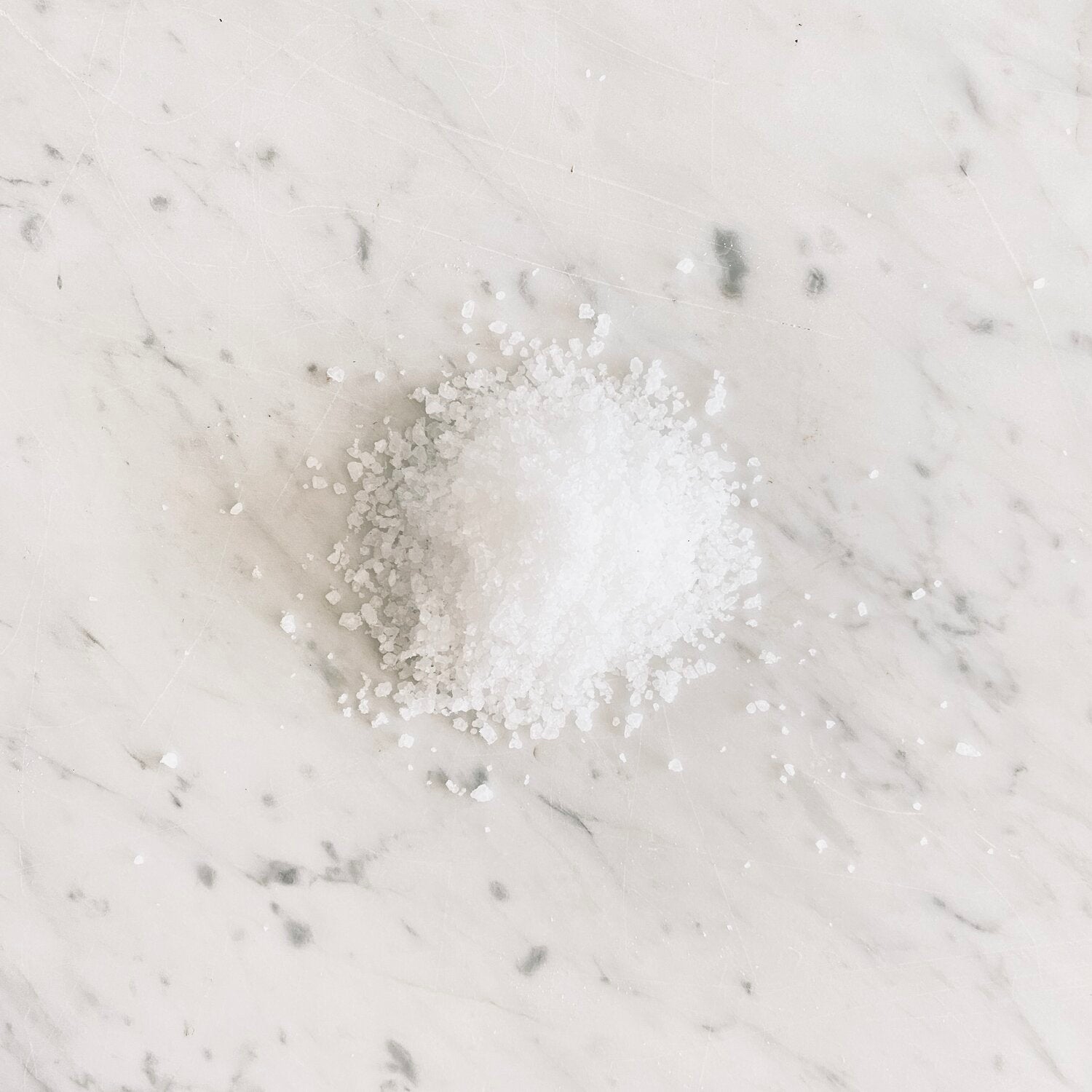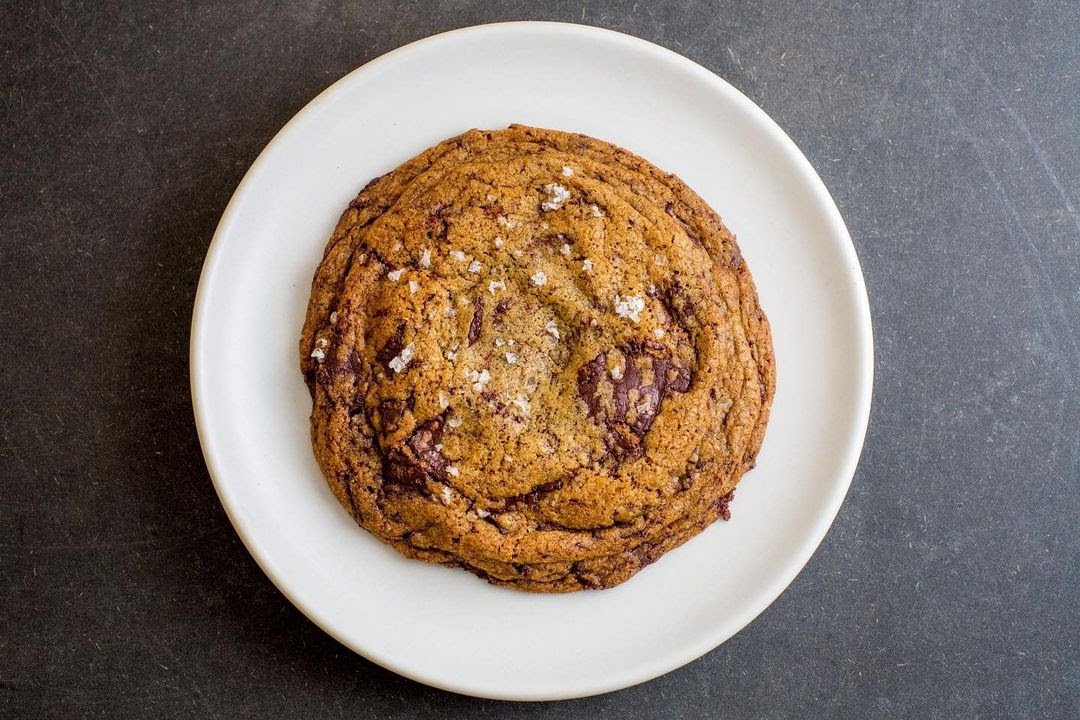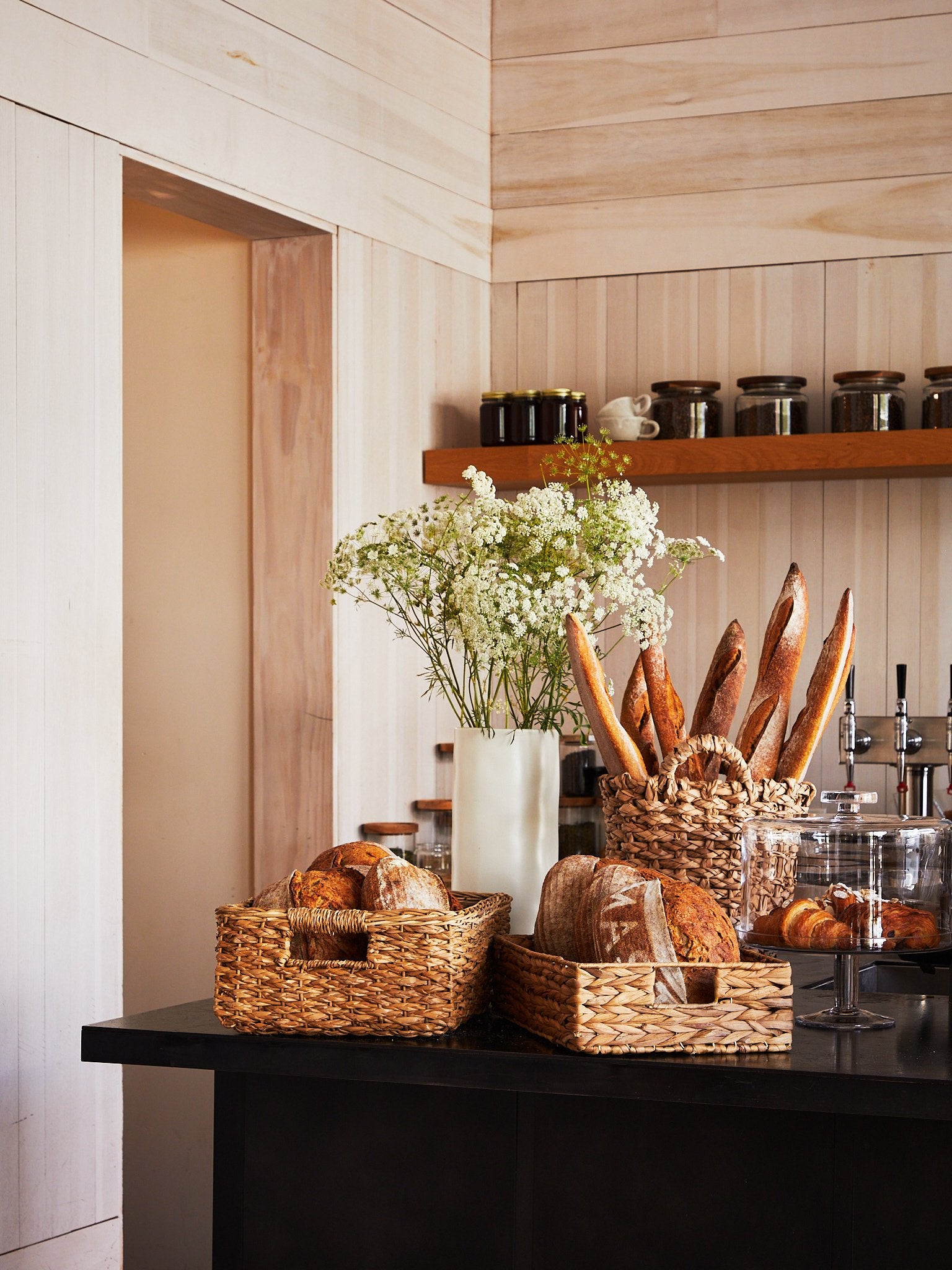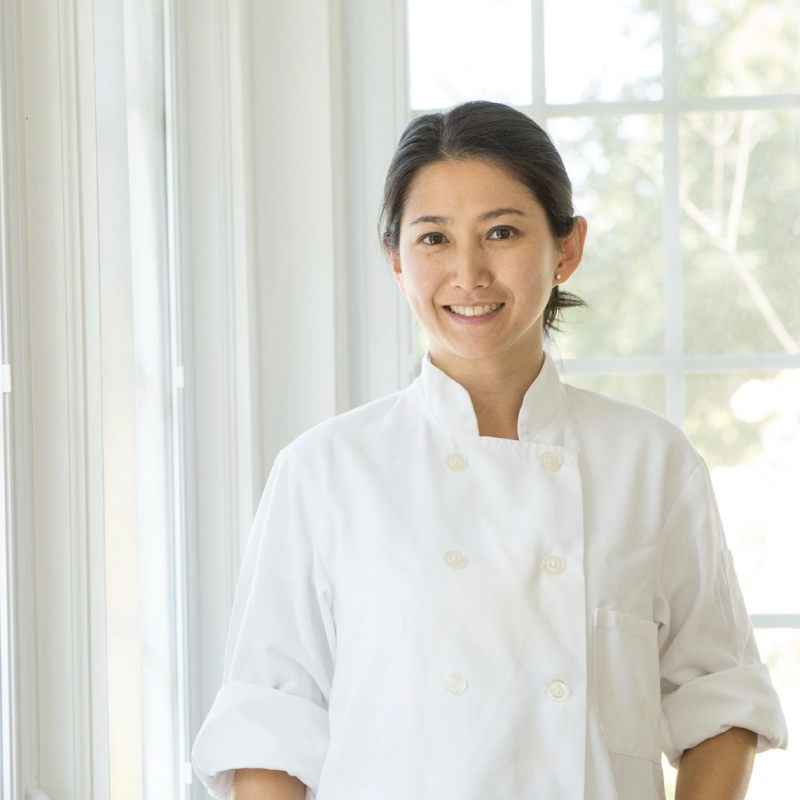Salt of the Earth
"That's why people didn’t understand our sea salt at first – they said, ‘You’re just making ocean water!’ But that was exactly it – you can cook with it anywhere you live and not have to rely on tap water. It’s like a little bit of Maine with you everywhere you go."
-Steve Cook, Owner of Maine Sea Salt Co.
This week, we sat down with Maine Sea Salt Co. owner Steve Cook. Steve is a Maine native who grew up on Bailey Island in Casco Bay, where his parents owned and ran Cook's Lobster House – a staple in the community and a magnet for those visiting Vacationland (the state-wide license plate slogan that earns its name.)
After spending several years away from his home state, Steve returned to Maine in 1990 ready for a new challenge. It wasn't until his wife suggested selling a product at the farmer's market, and then a trip to a natural food store where he noticed sea salt on the shelves, that Steve considered making salt his next enterprise. Now, after nearly thirty years of harvesting natural sea salt, he continues to celebrate the oceanic flavors that he grew up on. Entirely self-taught and with a near-encyclopedic knowledge of his craft, Steve will surely teach you something (if not many things) that you hadn't known before about an ingredient we all use, day in and day out. Enjoy our conversation below.

Steve Cook, owner of Maine Sea Salt Company and supplier of sea salt to Mast Market. Photo courtesy of Maine Sea Salt Co.
Mast Journal: I read that you have a restaurant and lobstering background before founding Maine Sea Salt. How did you get into those paths?
Steve: My parents owned Cook’s Lobster House on Bailey Island, so I grew up there. My father started that business in 1950. And of course, growing up, I worked there. So I’ve got quite a background in selling and cooking lobsters. I was the lobster chef – I steamed many, many lobsters [laughs].
Mast Journal: Is that what led to your interest in sea salt? What inspired that transition?
Steve: When I returned from Florida in 1990, I kind of floated around. It was right around 1998 when my wife said to me, ‘Steve, why don’t you make something and sell it at farmer’s markets?’ I said, ‘Well, that’s a great idea. What do you want to make?’ And she said, ‘I don’t know. That’s up to you!’ So some time went by and I was in a health food store, and I saw sea salt on the shelf. That’s when the idea first came to me. Since then, it’s been trial and error trying to learn how to make salt, trying to learn as much as I can about salt, and here I am today.
Mast Journal: Harvesting salt takes quite a bit of knowledge and education. What was that process like, teaching yourself the ropes?
Steve: I read several books on salt, and of course, online you can learn an awful lot. It kind of evolved – we started out trying to heat the water for evaporation, and we did that for awhile using a propane burner, then we went to a wood-fired cook pan. That was cumbersome and it didn’t make a good product. We decided to try solar evaporation. I built these pup tents, which were a sheet of plywood with an A-frame attached to them. We put in a plaster liner, we covered it with plastic, and put water in the pool. That’s how we made our first batch of salt. From there, we just started building more and more. I ended up with about eighty tents. In 2006, we moved from the Brunswick area to Machias, Maine. At that point, we decided if the pup tent style worked, let’s do the same thing with larger greenhouses. So we built much larger greenhouses that were two hundred feet long, and today we have sixteen of those. And we’re building more, might I add!

Natural, unrefined, solar evaporated, artisan sea salt by Steve Cook at Maine Sea Salt Co.
Mast Journal: How long did it take for you to arrive at your current process? You mentioned a lot of trial and error.
Steve: Oh, it’s still going. In fact, right now we’re working on a product that we’ve had all along but we didn’t know what to do with it. A customer on the West Coast had emailed me that they were interested in a source of nigari. You’re probably having the same reaction I had which is, What the heck is nigari? Well, in our process, we will have stages of seawater evaporating at different salinities. At fifty percent we’ll move it to another house, and seventy percent is the magic number because the salt will begin to fall out of the pool. At seventy percent, we move it into finishing houses. We would do this every three weeks, and towards October we would get a very clear liquid on the bottom of the greenhouses that would not evaporate. It had a really bitter taste. This guy who was interested in nigari explained that it was used in the production of tofu. I started researching it, and I found out that the stubborn, bitter stuff that would accumulate at the end of the season – guess what? It was nigari! So right now we’re in the process of having it tested, and as soon as we get that back, we’re going to offer it to our customers. It has huge health benefits. So we’re finding something to sell that we originally were throwing away!
Mast Journal: You’ve described certain steps, but could you walk me through your harvesting process from start to finish?
Steve: We go in early in the morning, usually about six o’clock when the pond is ready to be harvested. We’ll shovel the salt into piles to let it drain – that’s the nigari that drains out of it – and then we’ll put it in much larger tubs to drain some more, and then we’ll take the salt to our warehouse where we grind it, then sift it, and dry it. The most common drying method we have is layering it in cotton towels. The moisture that’s in the salt gets wicked out. Every other salt producer will wash their salt, but we do not – if we did, there would be zero nigari on the salt. This way, we do have it, and it really enhances the flavor.
Mast Journal: Is salt almost like wine in the sense that any variation in the tides or weather will affect the taste?
Steve: I’m not a big believer that the oceans are very different. All the salt that’s in the oceans is pretty much the same. The process of taking the salt out of the ocean, that’s what makes the difference in the product. Trace minerals will form differently within the crystals based on being heavily heated, not heated, how long they’ve been heated, how big a batch you’re using, and how deep it is. All of that can make a big difference. What makes our salt the way it is is the way we evaporate the ocean water – we put it in shallow pools, we have a set time, we put the pools under a greenhouse cover. We have a formula. When I started out, no one was doing the greenhouse covers. The pools were predominantly uncovered and in open air.
Mast Journal: How did you come up with that greenhouse method?
Steve: We knew we needed to move away from heating in pans, so we tested different styles and types of greenhouses until we settled on the concept of a pup tent. We also had to make these inexpensive shelters because we needed lots of them, and they had to be very shallow to work with solar energy. So it was really just trial and error, as I say. A lot of experimentation.

Chocolate chip cookie with a sprinkle of sea salt from Maine.
Mast Journal: From reading your story on your site, you describe taking your salt to fish markets for the first time and people thinking you were crazy for selling sea salt. Why do you think they had that reaction, and how were you able to convince them your product was valuable?
Steve: When I was starting out, sea salt wasn’t a thing. People weren’t concerned with it – of course you could buy it, but as far as the mainstream, gourmet, finishing salt, all of that just wasn’t considered. When I said, ‘Here’s a little bag you can cook your lobsters with,’ they said, ‘What else is in it?’ I said, ‘Nothing! It’s just Maine sea salt.’ I explained that when you’re cooking lobsters with natural Maine sea salt, it’s the same sea salt that the lobsters slept in the night before. There’s a certain balance within the lobsters, and the salt enhances their flavor. They taste like they just came right off the boat. And that’s why people didn’t understand the salt at first – they said, ‘You’re just making ocean water!’ But that was exactly it – you can cook with it anywhere you live and not have to rely on tap water. It’s like a little bit of Maine with you everywhere you go. So it was a hard sell at first, but people still buy it, including several lobster shippers.
Mast Journal: What do you think most people wouldn’t know about what it takes to harvest salt?
Steve: I would say most things [laughs]. Even just where it comes from – other than the supermarket. They don’t have a really clear vision, which isn’t really a surprise because there are so many different ways to make salt. You can make it using reverse osmosis, by boiling sea water, by mining it. One of my favorites is when there is a large salt bed underground, they will drill two holes and pump water down into the salt bed and pump that brine out the other side and evaporate it. And then it’s called "sea salt!"
Mast Journal: What’s the most challenging part about what you do?
Steve: Getting the quantities that I need. We’re constantly building new greenhouses, and we’re trying to offer bulk salt. So it’s the balance between still delivering the high quality salt you don’t get in the supermarket, but also offering the large quantities in order to lower the cost and make it affordable.
Mast Journal: What’s your favorite part about what you do?
Steve: Marketing and talking to people. I do a lot of playing around with the website. Can’t seem to leave it alone! I really enjoy that the most.


